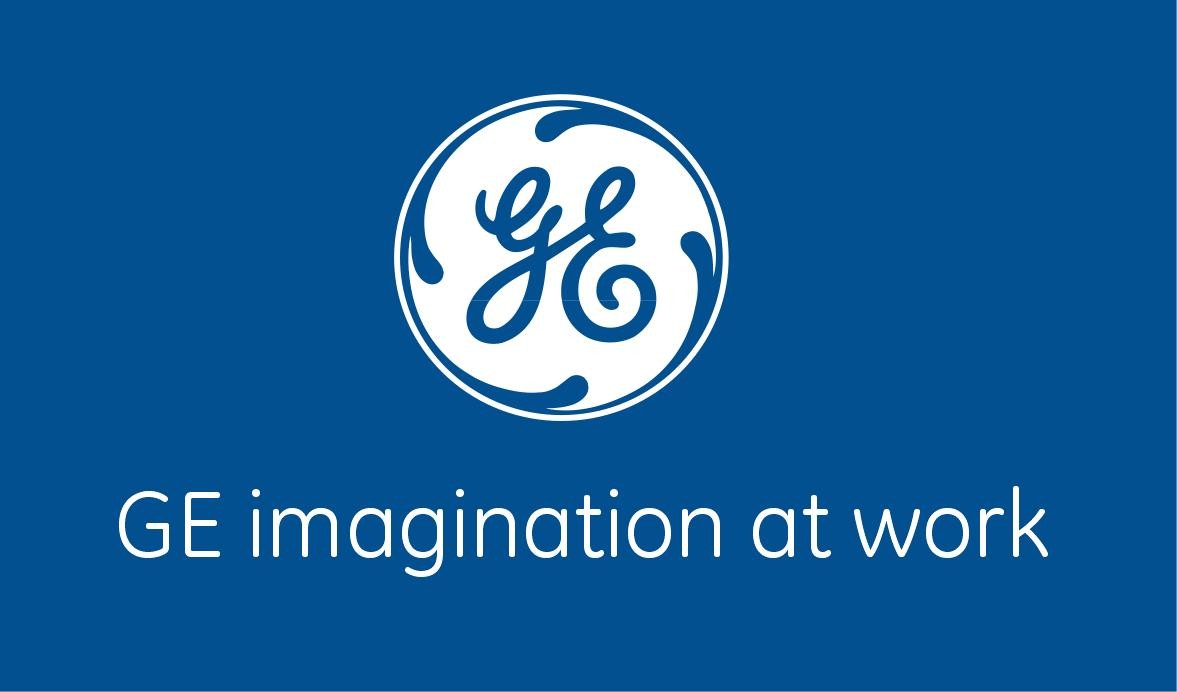Insight Blog
Agility’s perspectives on transforming the employee's experience throughout remote transformation using connected enterprise tools.
8 minutes reading time
(1543 words)
The GE Session C Presentation – UPDATED 2022 – A Complete Guide
During the meeting, employees and managers reflect upon goals met and impact achieved, while casting vision for future goals to be met.
By conducting regular annual review sessions for key operating activities, including compliance, environmental, health & safety, and employee development, GE ensures that leaders play an active role in governance. As a result, GE is able to maintain a culture of continual improvement at the highest levels of the company.
In addition to serving as a key method of accountability, these meetings also allow for topical focus as the year progresses. They establish a single point of concentration where problems can be found, performance can be assessed, and new information can be disseminated.
General Electric's recent woes have prompted a flood of stories about what went wrong at this American business icon, or where it might be headed next, following the disclosure of a massive shortfall in insurance reserves and the news that the Securities and Exchange Commission is investigating the company's accounting practices.
GE Session C Presentation
When Jeff Immelt took over as CEO of GE, he inherited a highly efficient organization. From its iconic blue book days in the 1950s through its growth of the Crotonville training facility into a management academy equal to any on the planet, GE has always taken innovation in management very seriously. Managers at GE under Jack Welch were tireless in their efforts to improve efficiency. The bottom-line discipline that Welch built up over a series of high-profile initiatives allowed him to build the company's top line primarily through geographic expansion and acquisitions.
After Welch's departure, Immelt was just in time to witness the world transform. Corporate scandals and, more dramatically, terrorist strikes on American territory dealt severe blows to the global economy. Immelt was aware that GE's operating environment had fundamentally changed and that the company couldn't adhere to its old ways.
Harvard Business Review's first in-depth examination of Jeff Immelt's GE comes on the heels of Immelt's fifth anniversary as CEO. In an interview with Tom Stewart, Immelt made it clear that he is not heading a revolution. "To take this wonderful operating firm and not lose anything, but add to it," has been the difficulty. What kind of addition is it? Focusing on organic growth in a fresh and equally disciplined way.
Process orientation and the capacity to develop, test, and deploy management concepts are two of Immelt's typical strengths at GE, but Immelt used them for a different purpose. New revenue streams were to be reliably drawn from current firms in this way. For the third time, GE has not kept the specifics of this endeavor under wraps; they were laid out in its 2005 annual report and are available as an exhibit in this document. It doesn't matter how good your diagram looks; what matters is how well you execute it. Everything hinges on "making it personal" for individual managers, in Immelt's words.
GE Performance Management System
Industry leaders are no longer shy about declaring their dissatisfaction with time-consuming and ineffective performance reviews. All three companies, Adobe, Accenture, and Deloitte, have announced changes to their performance evaluations, including the elimination of rankings and the implementation of frequent dialogues about performance in order to foster growth among their employees.
Innovating firms leading the way in performance management is certainly exciting, but General Electric's (GE) declaration that it is reimagining its approach to performance management is perhaps the most significant. The uproar this move has caused is not surprising, given that GE is the firm that popularized stack ranking in the 1980s and 1990s.
General Electric, an American global business formed in 1892, has Thomas Edison as one of its founders. The corporation currently engages in a variety of industries, including energy and finance, and employs more than 300,000 people. Large and successful, GE has changed many aspects of corporate culture and management for the better. The popular NBC comedy 30 Rock frequently lampooned the company's brutal managerial techniques.
GE New Performance Management System
For GE's new performance management system, frequent feedback will be provided via a mobile app. The program, called PD@GE, allows staff to set short-term goals. "Touchpoints" are defined as regular meetings with employees to discuss their progress toward their goals. When required, summaries of these touchpoints can be provided by the application. With this app, you may unleash continuous improvement as its primary goal.
GE's HR department was the first to use the app, which is now being used by anywhere from 25,000 to 30,000 other employees. According to Peters, the app will be used by 80,000 individuals by the end of the year. While GE plans to adopt the new system across the entire corporation by the end of 2016, a small group of roughly 8,000 employees is already testing an alternate approach that does not include rankings.
According to Krishnamoorthy, the new system's most critical component is not the mobile app but rather a constant dialogue. Rather than focusing on performance, annual wage decisions are no longer as closely tied to it as they formerly were.
Even though GE's transformation of its legacy performance management system is a major deal, there are still a number of hurdles to clear. A "shadow rating" is one of these, in which corporations continue to assess their staff, but do it in a less public manner. For the time being, managers are still using informal rankings to defend their compensation decisions because it is difficult to justify new methodologies. Investment in training managers on the new method of performance management is one strategy to overcome this. Donna Morris, Adobe's VP of Human Resources, says the company put a lot of money into training its executives during the shift and saw fantastic results.
More and more businesses are turning to third-party solutions like Impraise for performance management, rather than establishing their own tools and systems. Continuous feedback dialogues between coworkers and supervisors are made possible with Impraise, a mobile-friendly application. For managers, 360-degree review cycles can help them acquire a better understanding of how well their employees are performing at work. As part of their personal development, employees might ask for feedback from their coworkers or managers.
Jack Welch GE Performance Management
No discussion of personnel management would be complete without mentioning the "rank-and-yank" review methods pioneered by Jack Welch back in the 1980s. GE's hard-charging and intensive approach to performance assessments became well-known during a time when the company's economic reality demanded efficiency and operational excellence.
Since then, the company's style and performance management procedure has undergone a significant shift. They've changed their evaluation procedure to one that's more equitably dispersed and continuing. The emphasis shifts from grading and ranking to developing, connecting, and inspiring the workforce.
Welch, the 20-year chairman and CEO of GE, made stack ranking a standard practice in the company's human resources department. Some other businesses followed suit and implemented similar systems at the same time. However, after 30 years, GE concedes that the old system isn't working as well as it used to. Due to the move, GE will no longer use annual performance evaluations or any other kind of performance management in the coming years. App-based feedback will be used to provide more regular updates, and an experimental group will test feedback that isn't ranked numerically.
Jack Welch 10 70 20
After establishing the importance of feedback, the next stage is to use this tool to improve performance.
When Welch proposed the "20-70-10" management guideline in "Winning," it was a game-changer. When it came to his leadership, he credited this approach with keeping him on track.
Based on Welch's idea that "the organization's job is winning," he established this rule of thumb. Companies' products and services must be able to continuously generate value for them.
In order to achieve this, he used the 20-70-10 rule, sometimes known as "differentiation."
The concept of differentiation was born out of the belief that firms that have the finest workers succeed. All areas of their lives are targeted to encourage them to work harder, and this system rewards the top 20% in an almost ridiculous manner.
Leaders must provide training and other support systems for "the middle 70 percent" in order to propel them into the top 20 percent. In terms of the bottom-rung personnel, the idea is to get rid of them in order to make way for those who have more promise.
Make the best 20% of your personnel feel appreciated and valued." If you want to climb into the top 20%, you need to help the middle 70%, Wench suggested.
Using this technique, Welch ensured that the standard of performance would always rise. As a result, the company's level of competitiveness will continue to rise. That is to say, the organization will only get better and better over time.
This system, on the other hand, hasn't been embraced by all leaders. If you're one of those people who thinks that the 20-70-10 rule is "cruel," then you're not alone. In contrast, for Welch, differentiation is a good thing for everyone.
You can't have ambiguity in a democracy." "The cruelest type of management is to fail to distinguish between personnel and hold on to those who aren't performing," he said.
Categories
Blog
(2600)
Business Management
(319)
Employee Engagement
(207)
Digital Transformation
(173)
Intranets
(119)
Growth
(118)
Remote Work
(61)
Sales
(48)
Collaboration
(37)
Culture
(29)
Project management
(29)
Customer Experience
(26)
Knowledge Management
(21)
Leadership
(20)
Comparisons
(5)
Ready to learn more? 👍
One platform to optimize, manage and track all of your teams. Your new digital workplace is a click away. 🚀
Free for 14 days, no credit card required.
















